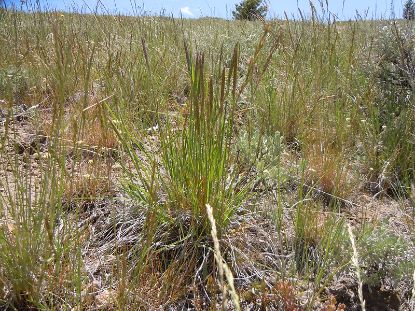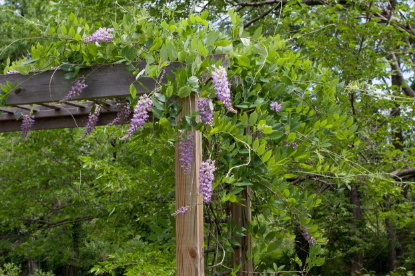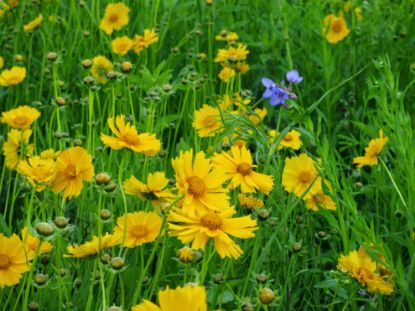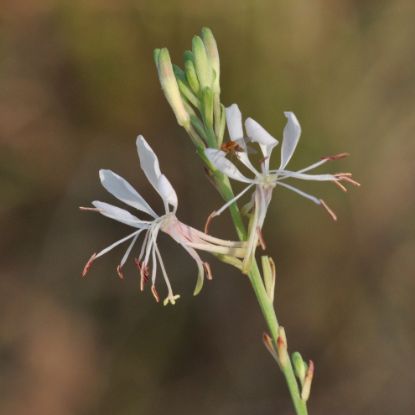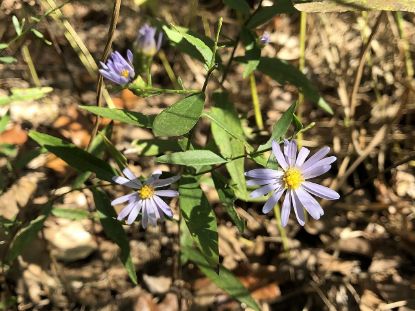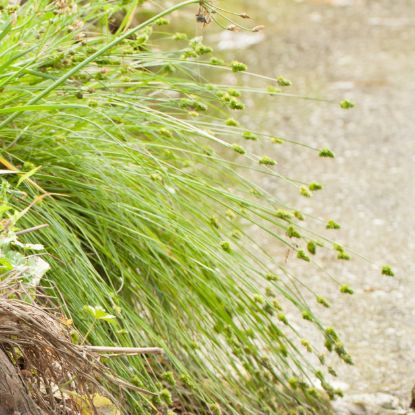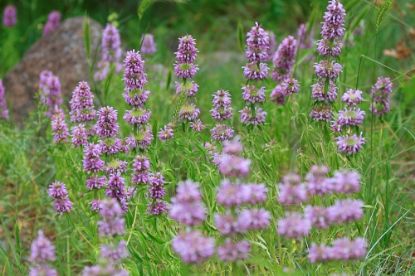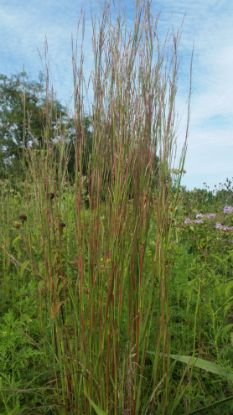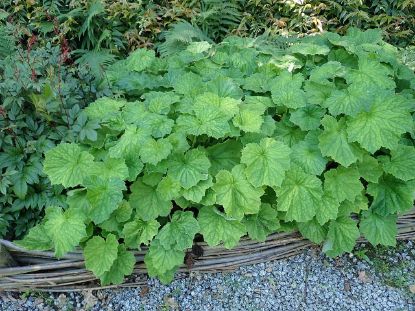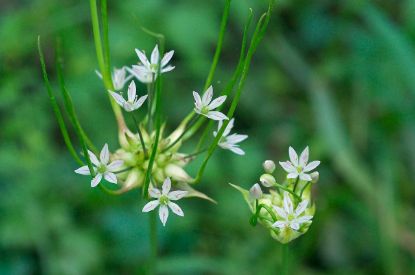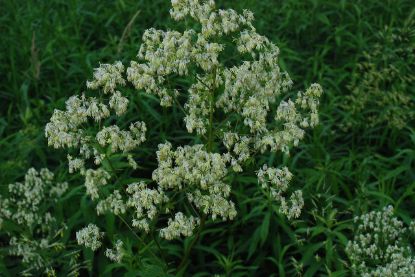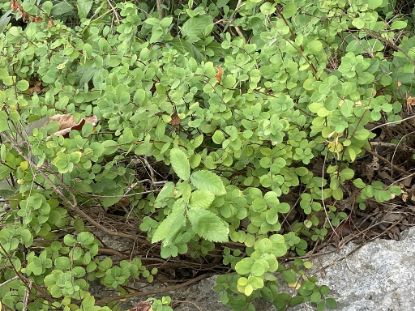Filter by attributes
Products
Sort by
Display
per page
View as
305 products found
Joe Pye (Eutrochium purpureum)
A butterfly magnet. Try in a shady rain garden. Can be tall, floppy, and take up a lot of space, but a stunning statement in the garden.
I'm sleeping right now. See you in the spring.
$6.00
Junegrass (Koeleria macrantha)
An upright, clump-forming cool season grass with unique seedheads. Needs well-drained soil and prefers full sun. A great grass for a garden boarder or formal garden.
I'm sleeping right now. See you in the spring.
From $6.00
Kentucky Wisteria (Wisteria macrostachya)
Plant at the base of a very sturdy structure. Minimize root disturbance when planting. Less aggressive than other Wisteria's. Flowers are fragrant and attract butterflies. Provides great nesting and cover for native birds. Host plant for Marine Blue, Zar
I'm sleeping right now. See you in the spring.
From $6.00
Lanceleaf Coreopsis (Coreopsis lanceolata)
Beautiful spring flower that lasts all summer. Plant in masses to make a dramatic effect. Can spread quickly but typically fades out of the garden in about 8 years.
I'm sleeping right now. See you in the spring.
$6.00
Large-Flowered Gaura (Oenothera filiformis)
Annual/biennial plant, so allow to self-seed in disturbed soil in order for it to return. A very unique, delicate-looking flower that can spread quickly by seed in disturbed soil but may fade out as other plants take the space.
I'm sleeping right now. See you in the spring.
$6.00
Lavender Aster (Symphyotrichum turbinellum)
Typically grows as a shrubby upright perennial to 4' tall and to 2 1/2' wide. A study in KC showed that Symphyotrichum is one of the plant genera in our area that attracts the largest number of different bee species.
I'm sleeping right now. See you in the spring.
$6.00
Lead Plant (Amorpha canescens)
Beautiful silvery leaves and purple flowers with orange stamens makes this plant stand out. Grows slow and may take awhile to establish. May be a favorite for deer and rabbits.
I'm sleeping right now. See you in the spring.
From $6.00
Leavenworth's Sedge (Carex leavenworthii)
May be found in lawns that aren't cut too low or too frequently (such as ours). Can take a moderate amount of foot traffic. A nice, thin-bladed sedge tolerant of several sun/moisture conditions.
I'm sleeping right now. See you in the spring.
From $6.00
Lemon Bee Balm (Monarda citriodora)
An annual that will reseed and spread through the garden. Attracts bees, hummingbirds, and butterflies.
I'm sleeping right now. See you in the spring.
From $6.00
Little Bluestem (Schizachyrium scoparium)
Beautiful color in summer and fall. A shorter grass better suited for most smaller gardens.
I'm sleeping right now. See you in the spring.
From $6.00
Long-head Coneflower (Ratibida columnifera)
More common in Kansas. "Petals" could be red, or partially red, instead of yellow. Has a deep tap root, which it spends its first year growing so it may not flower until the second year. Best planted in masses or planted with other structural plants.
I'm sleeping right now. See you in the spring.
$6.00
Maple-leaf Alumroot (Heuchera villosa)
Semi-evergreen this plant adds texture, structure, color, and elegance to your shade garden year-around. Pollinated by small bees. Good for boarders.
I'm sleeping right now. See you in the spring.
$6.00
Meadow Garlic (Allium canadense)
Love the green blades of Allium to provide color and texture to the garden and attract several small pollinators. Avoided by most mammals. Tolerates several sun/moisture conditions.
I'm sleeping right now. See you in the spring.
From $6.00
Meadow Rue (Thalictrum dasycarpum)
Unique purple stems. Good massed in the back of a planting. Can cause skin irritation. Male and female flowers on separate plants.
Out of stock
$6.00
Missouri Maidenbush (Phyllanthopsis phyllanthoides)
Native to the southern Ozark region, this small, unique shrub adds nice texture to a formal garden.
I'm sleeping right now. See you in the spring.
$6.00

